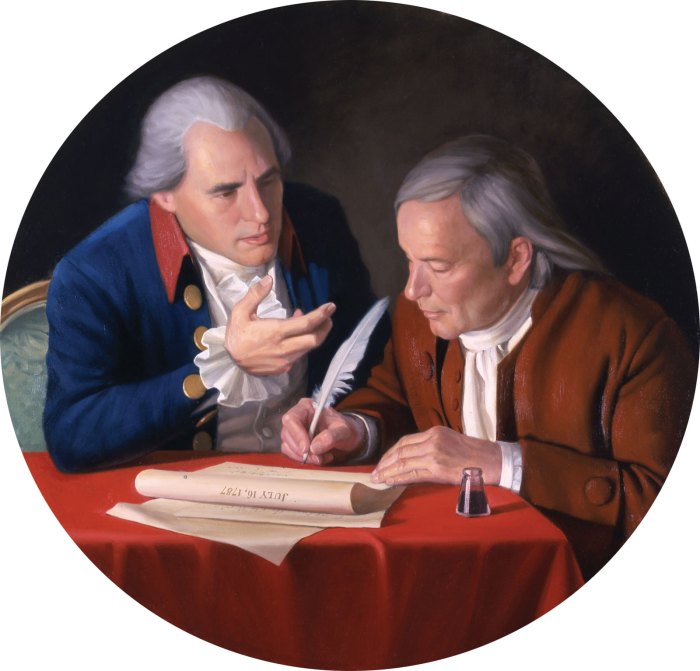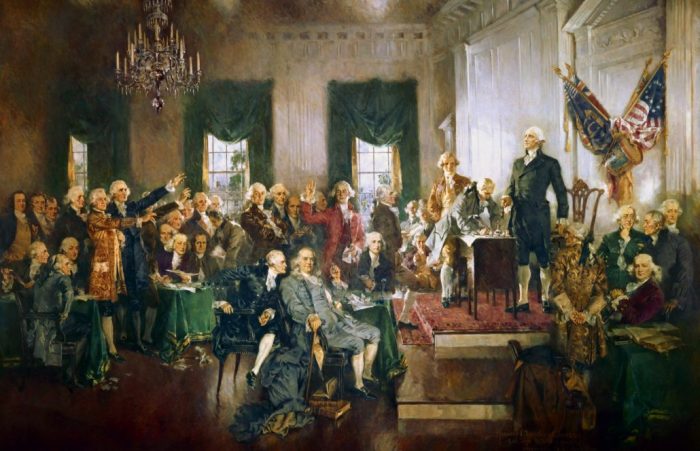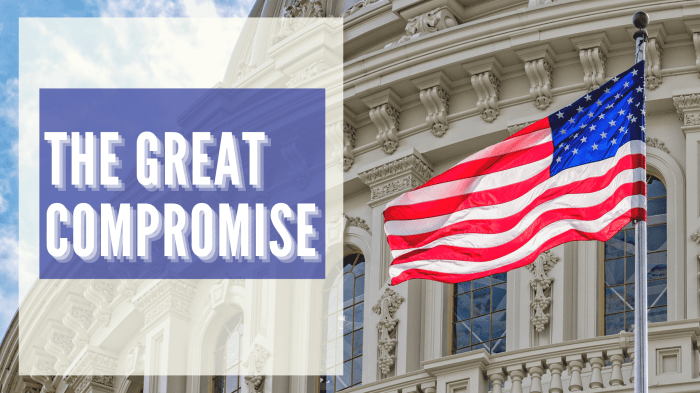The subject of 1787 Connecticut Compromise crossword delves into the captivating realm of American history, where political ingenuity and the quest for a balanced government intertwined. This compromise, a pivotal moment in the Constitutional Convention, shaped the very fabric of the United States’ federal structure.
The Great Compromise, also known as the Connecticut Compromise, emerged as a solution to the contentious debate between large and small states over representation in the federal government. It ingeniously balanced the principles of equal representation and proportional representation, ensuring a harmonious coexistence of diverse state interests within the newly formed nation.
Historical Context

The United States in 1787 was a young nation facing numerous challenges. The Articles of Confederation, the first constitution of the United States, had proven to be inadequate in addressing the needs of the growing nation.
Delegates from the thirteen states gathered in Philadelphia in May 1787 to revise the Articles of Confederation. However, they quickly realized that a more comprehensive overhaul was necessary.
The Great Compromise

The Great Compromise, also known as the Connecticut Compromise, was a crucial agreement reached at the Constitutional Convention in 1787.
The compromise resolved the conflict between large and small states over the issue of representation in the new federal government.
- Large states favored a proportional representation system, based on population, in both the Senate and the House of Representatives.
- Small states preferred an equal representation system, with each state having one vote in both chambers.
Timeline of Key Events
- May 25, 1787:The Constitutional Convention begins in Philadelphia.
- June 19, 1787:Edmund Randolph of Virginia proposes the Virginia Plan, which favors a proportional representation system.
- June 29, 1787:William Paterson of New Jersey proposes the New Jersey Plan, which favors an equal representation system.
- July 16, 1787:Roger Sherman of Connecticut proposes the Great Compromise.
- July 23, 1787:The Great Compromise is adopted by the Constitutional Convention.
The Connecticut Compromise: Subject Of 1787 Connecticut Compromise Crossword

The Connecticut Compromise proposed a bicameral legislature, with a Senate based on equal representation and a House of Representatives based on proportional representation.
The compromise balanced the interests of both large and small states, ensuring that each would have a voice in the new federal government.
Impact on the Structure of the Federal Government, Subject of 1787 connecticut compromise crossword
The Connecticut Compromise had a profound impact on the structure of the federal government.
- It created a bicameral legislature, with the Senate representing the states and the House of Representatives representing the people.
- It established a system of checks and balances between the two chambers, ensuring that neither could dominate the other.
- It provided a mechanism for small states to protect their interests against the larger states.
Commonly Asked Questions
What was the primary objective of the Connecticut Compromise?
To resolve the conflict between large and small states over representation in the federal government.
How did the compromise balance the interests of large and small states?
It established a bicameral legislature, with the Senate providing equal representation for each state and the House of Representatives based on population.
What is the historical significance of the Connecticut Compromise?
It laid the foundation for a federal government that balanced the principles of equal representation and proportional representation, ensuring the harmonious coexistence of diverse state interests.
